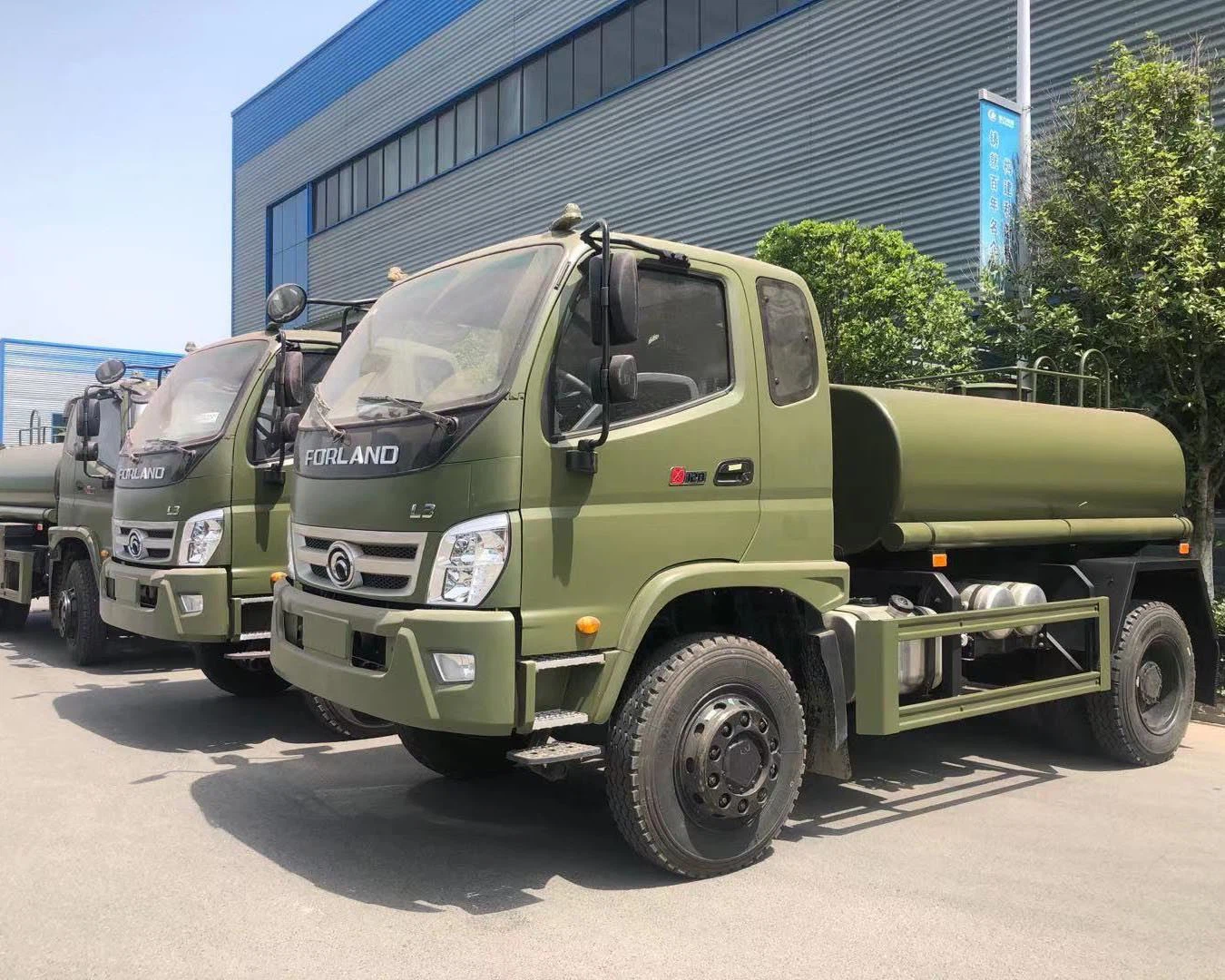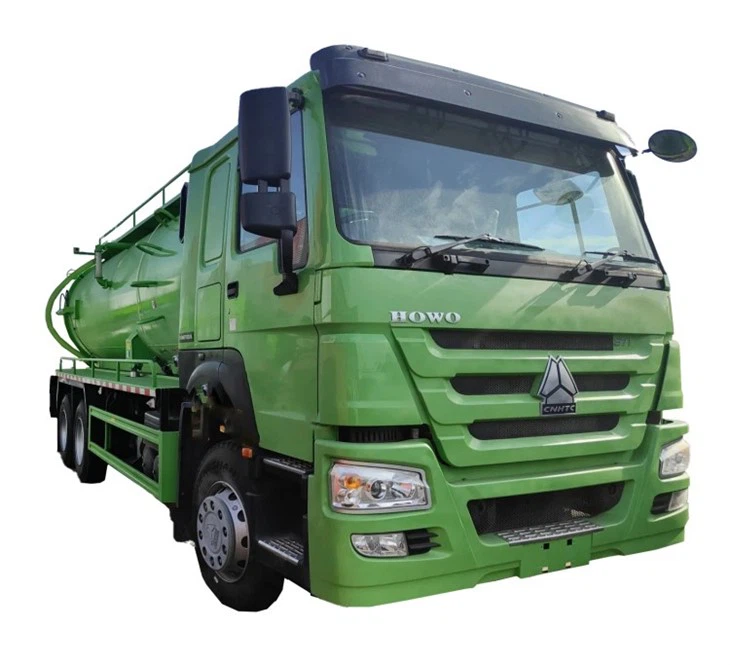Understanding Different Truck Cabs: A Comprehensive Guide

Introduction
When it comes to purchasing or operating a truck, one of the most critical decisions revolves around the type of cab design. Different truck cabs not only affect the styling and comfort of your vehicle but also dictate functionality and suitability for specific tasks. Understanding the various truck cab options available can help consumers make informed choices tailored to their needs. In this comprehensive article, we explore the different types of truck cabs, their features, advantages, and how to choose the right one for your requirements.
Types of Truck Cabs
1. Regular Cab
A Regular Cab truck features two doors and provides seating for up to three people. It is characterized by its larger cargo space, making it ideal for work purposes.
Advantages
- More cargo area than other cab styles.
- Lightweight and fuel-efficient.
- Generally more affordable.
Best Use Cases
Regular cabs are ideal for commercial drivers needing more space for tools and equipment, such as contractors and construction workers.
2. Extended Cab
The Extended Cab incorporates a small rear seating area behind the front seats, primarily designed for occasional use. This type often includes rear-hinged doors for access to the back seats.
Advantages
- Offers additional seating while maintaining cargo space.
- Good for families needing occasional extra space.
Best Use Cases
Extended cabs are perfect for small families and users who may need extra seating on trips without compromising on storage.
3. Crew Cab
The Crew Cab offers four full-sized doors and two rows of seating, accommodating five to six passengers comfortably. This cab type is favored for its spaciousness.
Advantages
- Maximum passenger capacity.
- More comfort for long trips.
Best Use Cases
Ideal for families and workers who need to transport multiple passengers, such as delivery services or outdoor adventure enthusiasts.
4. Mega Cab
A Mega Cab is an extended version of the Crew Cab, offering an even larger cab space behind the front seats. It provides excellent legroom and comfort.
Advantages
- Exceptional interior space.
- Ideal for long-distance driving.
Best Use Cases
Best for travelers who prioritize comfort and spaciousness, as well as those who require room for extra gear.
5. Flatbed and Chassis Cab
Flatbed and chassis cabs come with open cargo areas, making them versatile for various loads. These cabs lack an enclosed rear while providing a straightforward flatbed structure.

Advantages
- Highly customizable with various attachments.
- Great for transporting large items.
Best Use Cases
Recommended for businesses that require variable transportation solutions, like construction or landscaping services.
Choosing the Right Truck Cab for Your Needs
When selecting a truck cab, several factors come into play. Your choice will depend on your unique requirements, lifestyle, and budget. Here are some tips to help you choose the right option:
1. Evaluate Your Needs
Consider how you plan to use the truck. Will you need to transport goods, passengers, or both? This assessment will guide your choice of cab.
2. Consider Comfort
If long trips are common, prioritize cabs with spacious legroom and accommodating seating arrangements.
3. Review Cargo Capacity
Assess the cargo area and its adaptability to your needs. If you frequently haul large items, look for a cab that doesn’t compromise on space.
4. Budget Factors
Different cab types come with varying price tags. Stick to your budget while ensuring you get the features that matter most.

Popular Truck Models and Their Cab Options
When considering different cab types, it’s also crucial to look at popular truck models that provide various cab options. Here’s a table showcasing popular models and their available cab options:

| Truck Model | Regular Cab | Extended Cab | Crew Cab | Mega Cab |
|---|---|---|---|---|
| Ford F-150 | Yes | Yes | Yes | No |
| Chevrolet Silverado | Yes | Yes | Yes | No |
| Ram 1500 | Yes | Yes | Yes | Yes |
| Toyota Tundra | Yes | No | Yes | No |
Frequently Asked Questions
1. What is the difference between an extended cab and a crew cab?
An extended cab provides limited rear seating with smaller doors, while a crew cab offers full-sized doors with ample rear seating space and comfort.
2. Are regular cabs more fuel-efficient than crew cabs?
Regular cabs generally weigh less than crew cabs, thus offering better fuel efficiency; however, efficiency can also depend on the model and engine type.
3. Can I customize a flatbed truck cab?
Yes, flatbed trucks are highly customizable for different purposes, such as adding toolboxes, ramps, or specialized equipment for various industries.
4. Which truck cab is best for off-road driving?
A crew cab or a mega cab is often best for off-road driving as they provide ample passenger space while maintaining truck stability and comfort over rough terrain.
5. How do I determine the right cab size for my family?
Consider the number of passengers you typically transport, their comfort needs, and whether you’ll require additional cargo space. A crew cab may be ideal for larger families.
6. What are some advantages of a mega cab over a crew cab?
A mega cab offers more rear seat space and comfort, making it better suited for long journeys, while still providing useful cargo area flexibility.
